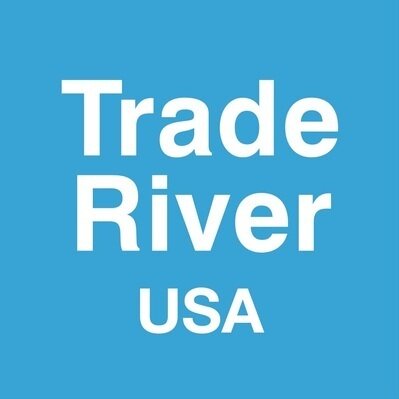Coronavirus: How to Prepare the Supply Chain
The new coronavirus is proving true that when local supply chains sneeze, global processes catch a cold. The severely contagious disease referred to as ‘COVID-19’ could have a lasting impact on global supply chains. And supply chains are not prepared.
On December 31st of 2019, the disease was brought to the attention of the World Health Organization. Stemming from the Chinese city of Wuhan, the coronavirus has continued to spread and, according to the World Health Organization, the outbreak could still go in any direction.
The outbreaks ripple effect has picked up speed and companies are writing a new chapter in supply chain risk management. The complexity of the global supply chain has presented the largest challenge as China is heavily integrated into the global economy. Supply chain implications transcend regional concerns. Labor shortages, travel restrictions, border closures, and other logistical issues will have a cascading effect and further augment the impact.
The first product of the coronavirus’s impact on the supply chain is the slowdown in Chinese demand. Quarantine and travel containment have disrupted trade operations. As a result, companies are warning on Q1 earnings. Apple, for example, says it has been temporarily hit by a drop in Chinese demand and lower iPhone supply globally as its production in China ramps up slowly after factory closures. The company has warned it won’t meet its quarterly revenue forecast due to the impact of the coronavirus. Another indicator of the coronavirus’s impact on the supply chain is supplier disruption. It’s expected that in the coming months supply chains will be competing with one another.
After Apple shared it’s Q1 revenue warning, global stocks dropped; a signal to investors that deepening supply chain cracks in China threaten to take a bite out of growth from even some of the world's most powerful companies.
The novel disease is a phenomena with unprecedented uncertainty. Companies are building action plans to take care of consumers and operations. There are several measures supply chain leaders are taking to mitigate risk such as preparing alternate sourcing plans, developing supply chain monitoring and response programs for companies directly affected by the outbreak, and investing in modeling capabilities that offer suppliers a forecast analysis of changes in demand in an effort to be as agile as possible.
The best thing for companies to do is to simply know the supply chain threats and risks and preemptively develop mitigation plans. Companies that actively make it a point to manage the risk will be able to mitigate the impact as opposed to being at the mercy of the disease outbreak.

